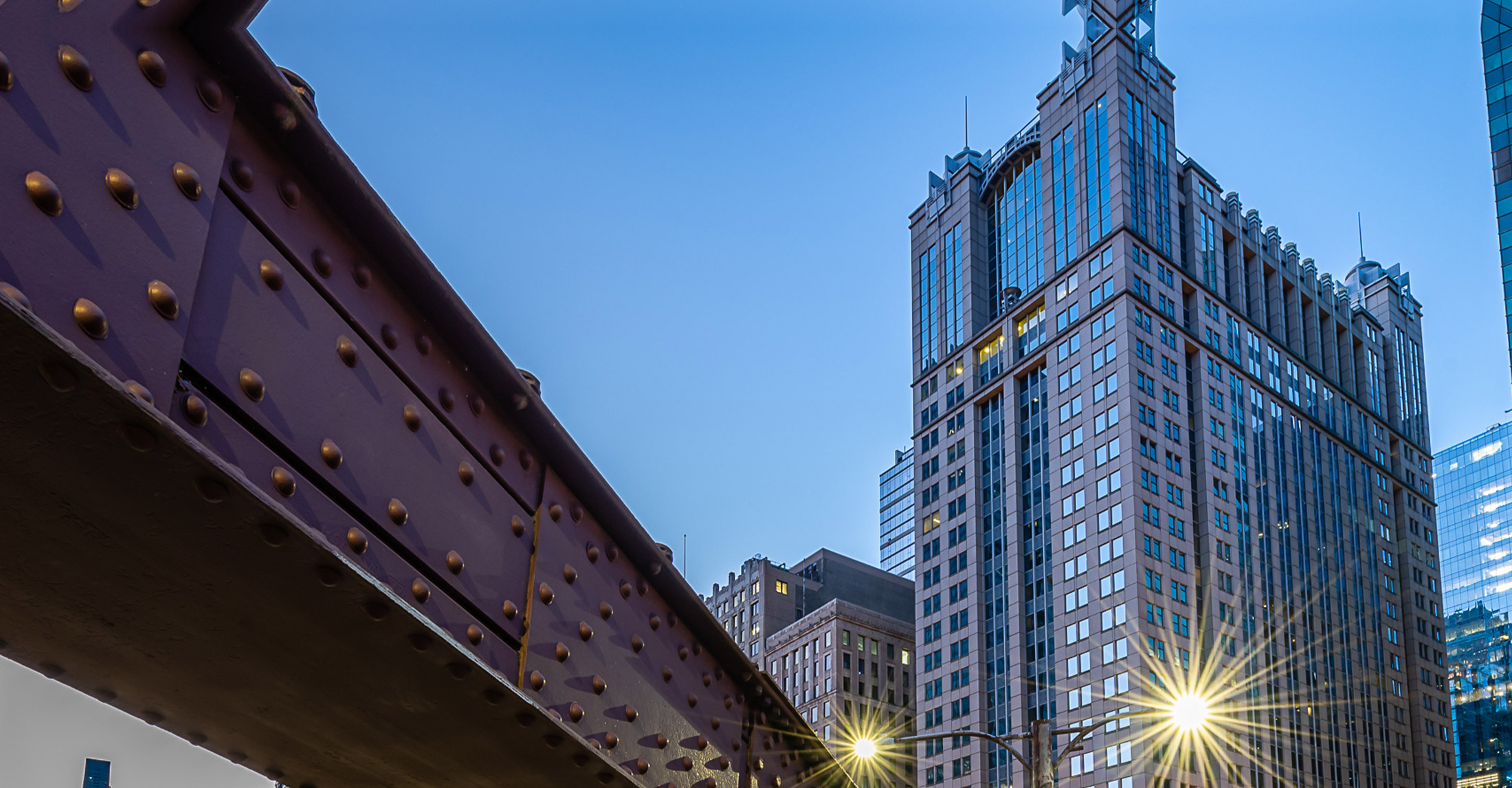
From West Coast to East Coast, states have rushed to issue orders, rules, and regulations to address the new coronavirus pandemic, including, in part, the states’ determinations of what construction work/services are “essential.” Those definitions of “essential” construction activities vary greatly; some states adopted severe restrictions on construction (allowing only emergency repairs), while others issued few restrictions (leaving construction relatively unaffected).
Despite the states’ attempts to maintain “essential” construction projects, the COVID-19 pandemic caused more than one out of four contractors to halt or delay work. According to an April survey released by the Associated General Contractors of America (830 contractors participating), 39 percent reported project delays/disruptions due to shortages of personal protective equipment (i.e. masks); 23 percent reported local shortages of construction materials, equipment, or parts; 18 percent reported delays due to inability to obtain inspections, permitting issuance or certificates of occupancy; and 11 percent reported a shortage of laborers as individuals self-quarantined or stayed home to care for others. The U.S. construction industry is also expected to suffer delays due to global shortages of manufactured materials. (For example, the Chinese governmental containment efforts and quarantines closed hundreds of factories that manufacture construction materials.) U.S. contractors, lenders, and owners remain concerned about the supply chain breakdowns and material delays that will slow existing projects.
Not only are contractors experiencing delays in material, equipment, and labor shortages but also delays on the jobsite due to new safety protocols. State and local officials are putting measures in place to mitigate safety risks related to the coronavirus for those on construction sites. For example, proposed legislation in Washington and Pennsylvania requires jobsite employees keep six feet away from each other, with non-compliance resulting in a project shutdown. Moreover, federal and state OSHA guidelines require employers to develop written infectious disease preparedness and response plans. Employers are required to show documented proof they are conducting social distancing and other procedures such as check-in questionnaires, temperature checks, PPE issuance, and training and instructions. Employers must also demonstrate routine cleaning and disinfecting procedures for their workplace. (See OSHA’s COVID-19 Guidance for the Construction Workforce.)
Experts report that U.S. contractors are implementing these new jobsite policies (e.g., staggered shifts, employee temperature checks, and top-to-bottom disinfection of jobsites, tools, and machinery). Some contractors took their own initiative to implement a variety of protocols that promote social distancing and employee health, including bans on carpooling, mandatory mask and glove policies, and handwashing stations.
Contractors have learned that with the implementation of these new safety protocols, the time it takes to complete projects increases. Putting on personal protective equipment, only allowing one trade on site at a time, taking time to disinfect tools/machinery, and staggering work shifts ultimately slows jobsite progress. [“The New Normal: 8 Ways the Coronavirus is Changing Construction,” Construction Dive, Goodman, Jenn (April 30, 2020)]. As such, contractors are considering the new time constraints when bidding on jobs to ensure that the contract reflects a reasonable construction schedule.
As the construction industry changes to navigate COVID-19, and local, state, and federal governments rush to address these changes, the construction industry will face not only new challenges but also new opportunities - for economic recovery, job creation, and business growth. These opportunities to develop new policies, structures, and teams to meet new guidelines, customer needs, and their own business needs might be, dare we say, the silver-lining as contractors face the new “normal.”
- Associate
Holly C. Whitlock-Glave focuses her practice on civil litigation matters, including:
- Construction contract and risk transfer
- Construction injury & construction defect litigation
- Civil and commercial litigation
- Commercial ...

